During the Culture of Nightlife Conference, organized by Lights On Festival, in Timisoara, I had the pleasure of meeting Andrea Möller, who talked about LUNA Festival – an annual light and media art festival in Leeuwarden. Andrea Möller’s insightful discussion shed light on the value of strong communication strategies in the success of cultural festivals, the needed communication between the public and the private sectors and how important are volunteers in each project.
Andrea Möller works in the field of visual arts with emphasis on media arts, sound art and film.
1. LUNA Festival is an annual light and media art festival in Leeuwarden, that brings works of emerging regionally and internationally renowned artists to a broad public, how do you see the festival changing from one edition to another?
Luckily, over the years we see the festival becoming stronger in its artistic programming and in the quality of the production. Year by year, we learn what it needs to bring experimental art to a medium-size city with a limited audience for media art. ‘By nature’ there is not a wide audience for media art in our city, so we need to build the audience. Through close cooperation with schools, universities, and other partners in the arts, the interest in our Young Masters programme has multiplied since our team started organizing the festival in 2014. Apart from directly addressing and inviting potential audiences, LUNA grew rapidly when we started presenting works by international grand masters of media and light art in public space – the LUNA Nights. It took some years to realize what has been our goal from a start: broaden the interest and support for media art in the wider Northern Dutch region, and through this create opportunities for makers.
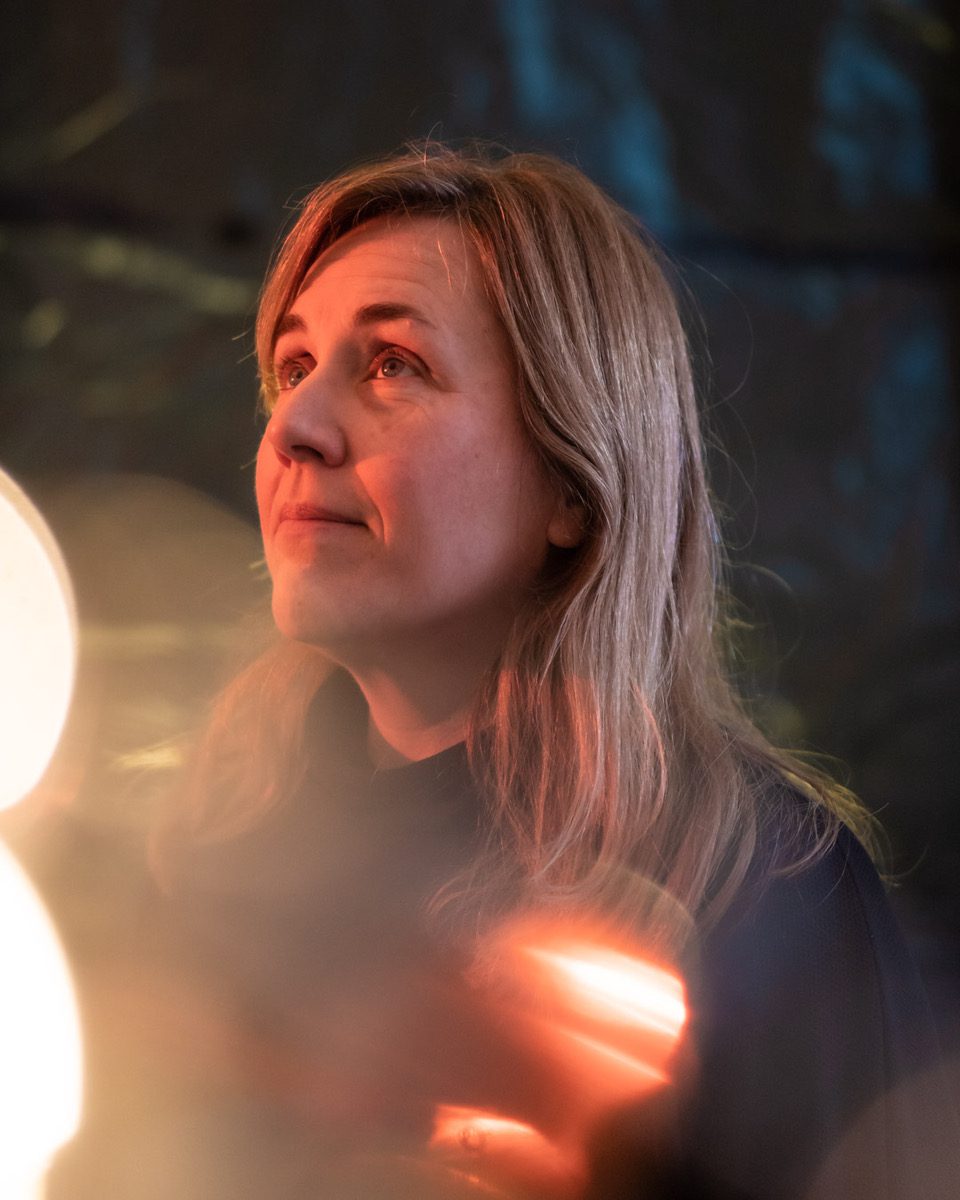
Andrea Möller// Photo by Jurian van der Meulen
2. How do you manage to keep an open and close collaboration with local business life?
By being in touch! We are member of the Tourism Alliance of our region (Friesland) where we meet and exchange thoughts and experience with hotel and restaurant owners, leisure entrepreneurs. Also to other suppliers and sponsors we have personal contacts in which we see each other as partners. We do not only take, but we also give a lot to our partners and the city: strong pictures for the regional marketing, talent development, employment, and also of course: turnover from purchases of goods and services. Knowing each other is knowing about each others’ work and concerns. All of us have been through rough times during the corona lockdowns, and we recognized how much we can mean to each other by building a sustainable and resilient offer for our locals and tourists.
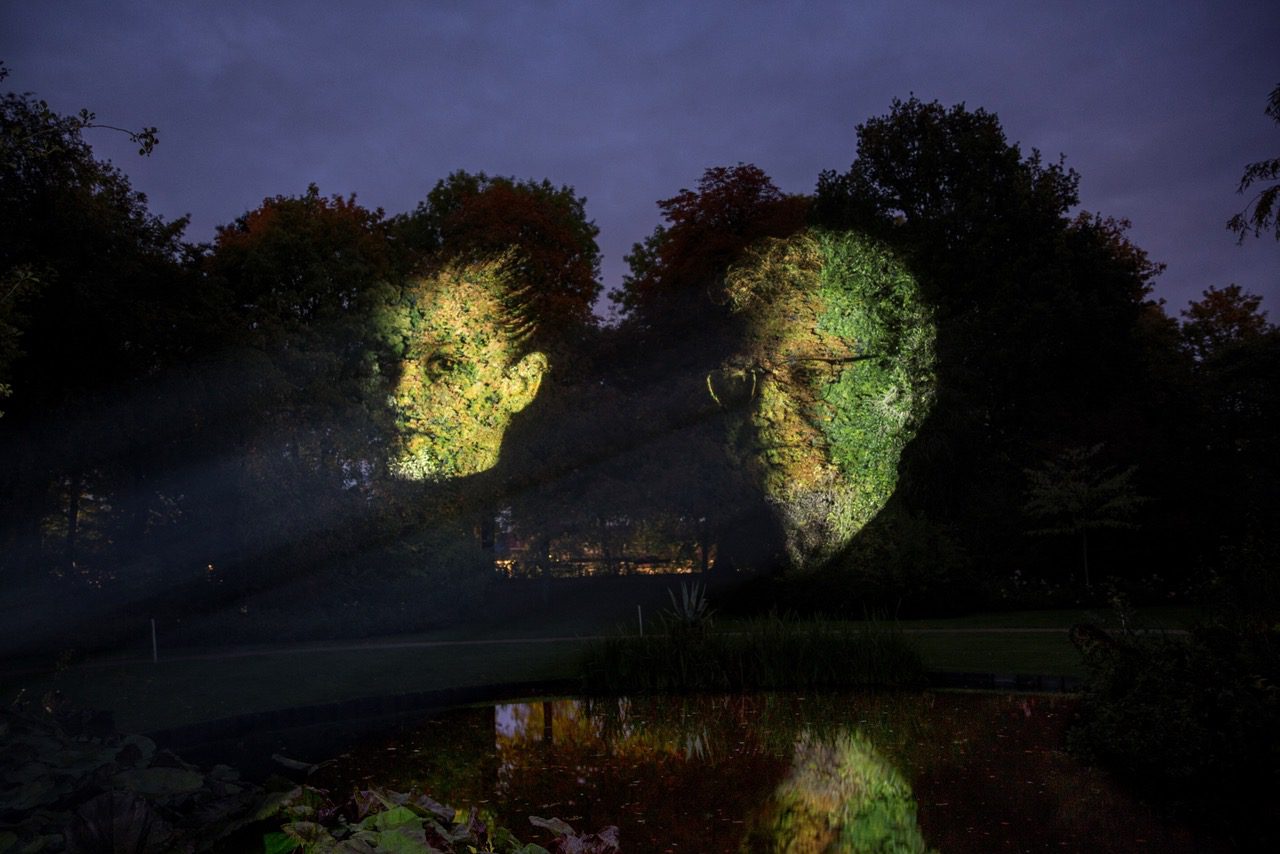
Gezichten van Sneek
3. “It takes a village to make night culture” is your statement from your presentation in Timişoara, can you please tell me what your village looks like? How did you manage to find your team?
The central marketplace of our village is the core team of LUNA, consisting of only four people throughout the year who make sure that there are always new plans and concepts, steady partnerships, and that fundraising happens. About three months before the festival, the core team expands to around fifteen people – all those who are in leading roles and prepare everything for the actual festival phase. In that phase (the seventeen festival days plus the two weeks before and after in which we build, deconstruct, clean-clean-clean, and evaluate), another twenty to thirty paid people join, mainly in technical production, but also in pr and hospitality. Then also usually more than 130 volunteers come in who work for example as site guides, receptionists, or bar staff. The volunteers represent various groups from our city, many are international students, newcomers, and there are also some elderly people and those who have difficulties participating in regular work life, but perfectly capable of engaging in LUNA temporarily.
However, the LUNA village is bigger than the marketplace of those directly working for it. Partners from business life, cultural institutions and the educational sector embed the festival in the wider societal surroundings. Artists, from local to international, and people from other light- and media art festivals are year-round sparring partners with which we codevelop concepts and projects and exchange artists and also festival staff. Like the saying ‘It takes a village to raise a child’ suggests: it takes many different talents and perspectives to develop something that is well-rooted on the one hand, and flexibly developing in its societal surroundings on the other hand. We find this sustainable and are convinced that the embedment in the local and international surroundings makes that LUNA will not fall over soon when conditions change.
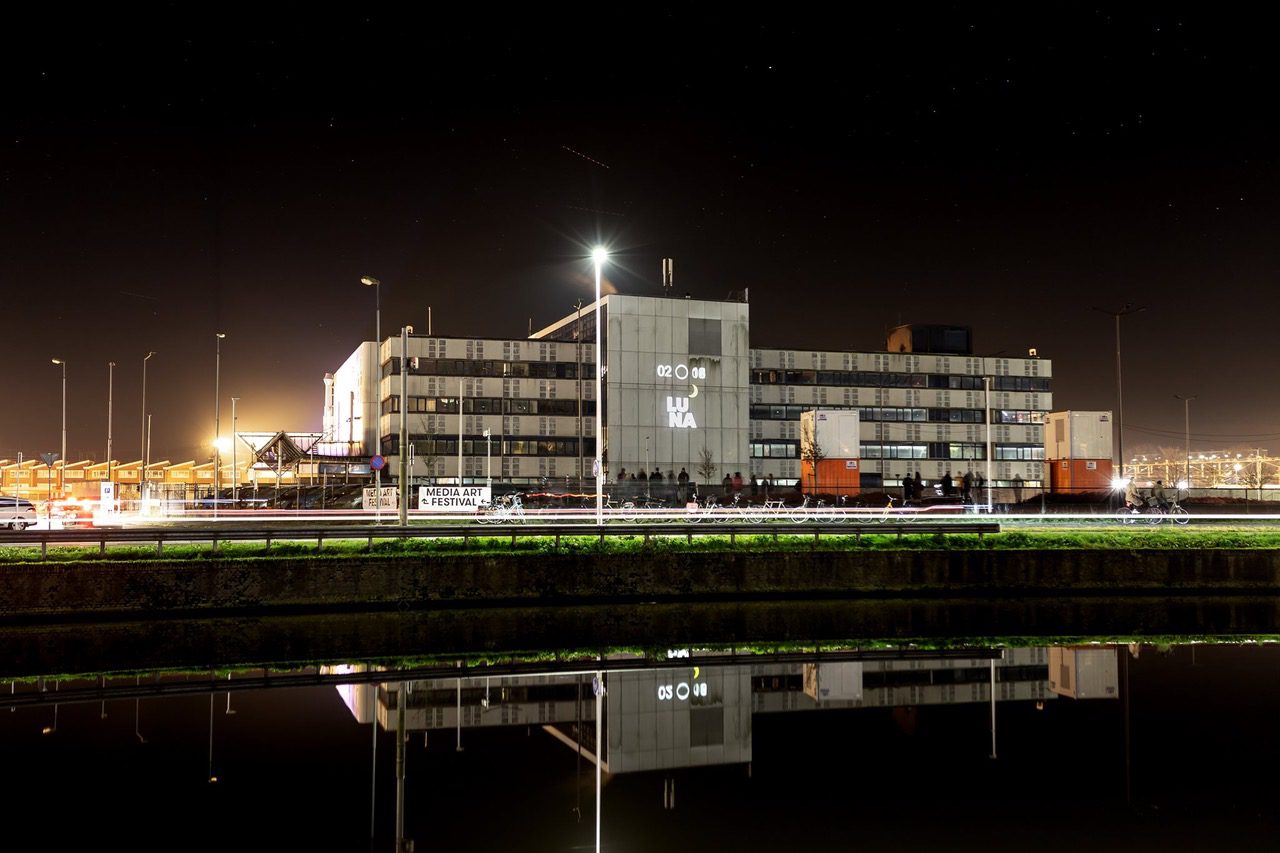
Photo from Luna Festival
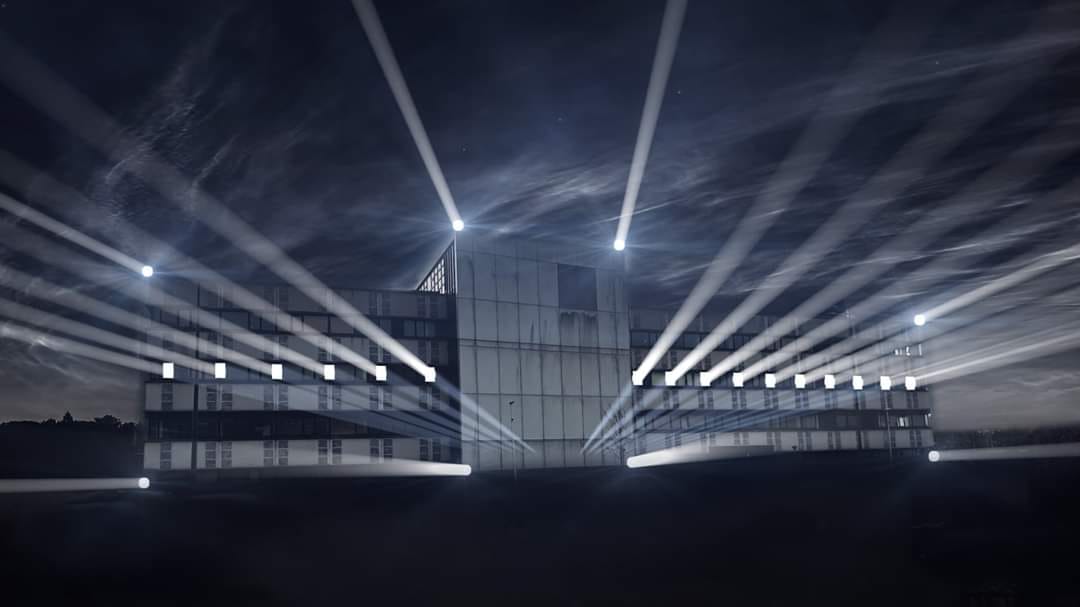
Bordos moving heads
4. How can designers, visual artists and product designers collaborate with Luna Festival? Do you have international open calls?
Yes, we have an annual open call for the LUNA Young Masters exhibition that always closes on July 1st. Also, every year we usually have a number of open calls for other projects and residencies. Artists who wish to participate in the LUNA Nights are always welcome to contact us, but we do not have an open call for that. Also, without an open call for the LUNA Nights, we received many offers from artists. However, we put most of the programme together from works we scout at other festivals as we really want to know and have felt a a work before we present it in our city.
5. I had the opportunity to see your presentation at “Culture of Nightlife Conference” and I started a short discussion with you about volunteers in NGOs. What is your opinion about a project having new volunteers for each edition? How do you manage to joggle all the tasks you have in a project? I am asking you about volunteers because Revista Atelierul (Atelierul Magazine) also manages to keep going with the help of an international team of volunteers.
It is important to have a strong, steady professional who coordinates the volunteers. Then it is possible to deal with many changes in staff, as the learnings do not get lost. Also, we have a central manual into which everybody is invited to write about experiences with volunteers, share suggestions, do’s and don’t’s. Of course it is also wonderful to work with returning volunteers, but we are always also very happy when our volunteers step up into paid positions – with LUNA or elsewhere. The backbone for volunteers in the organization must be stable, volunteers should grow with the event and move on to new positions.
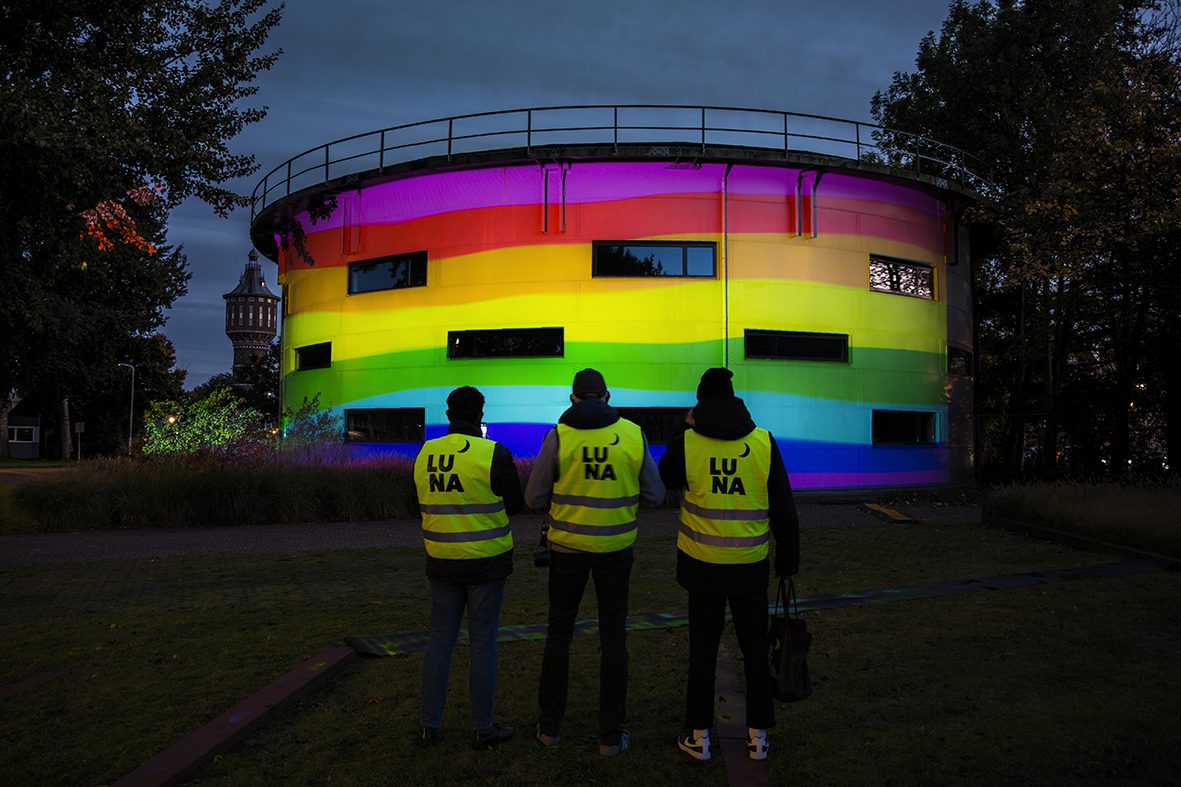
Waterstad Rainbow with volunteers
6. How was the experience of Culture of Nightlife Conference for you?
Fantastic! I guess not so many of us had spoken in a street tunnel before – the atmosphere was extraordinary. And the setting was very well-designed and professionally equipped. I admired the audience that showed so much interest and stayed until very late. Really an exceptional experience, topped by the ride to the stage in the van.
7. What impressed me particularly in your presentation were the cars with light installation inside. How does Luna Festival come up with new installation ideas? From your point of view, is it the new generation of artists that is keeping pace with new innovative installations?
We scout a lot at relevant festivals that have a strong artistic vision. There are currently many, many light festivals in the world – it’s a fashion. But the number of festivals that exclusively focusses on autonomous art is limited, and we do our very best to check between 5-10 festivals per year. Also, we engage in workshops and discussions with colleagues from all over the world and organize professional meetings ourselves that keep us sharp and up to date.
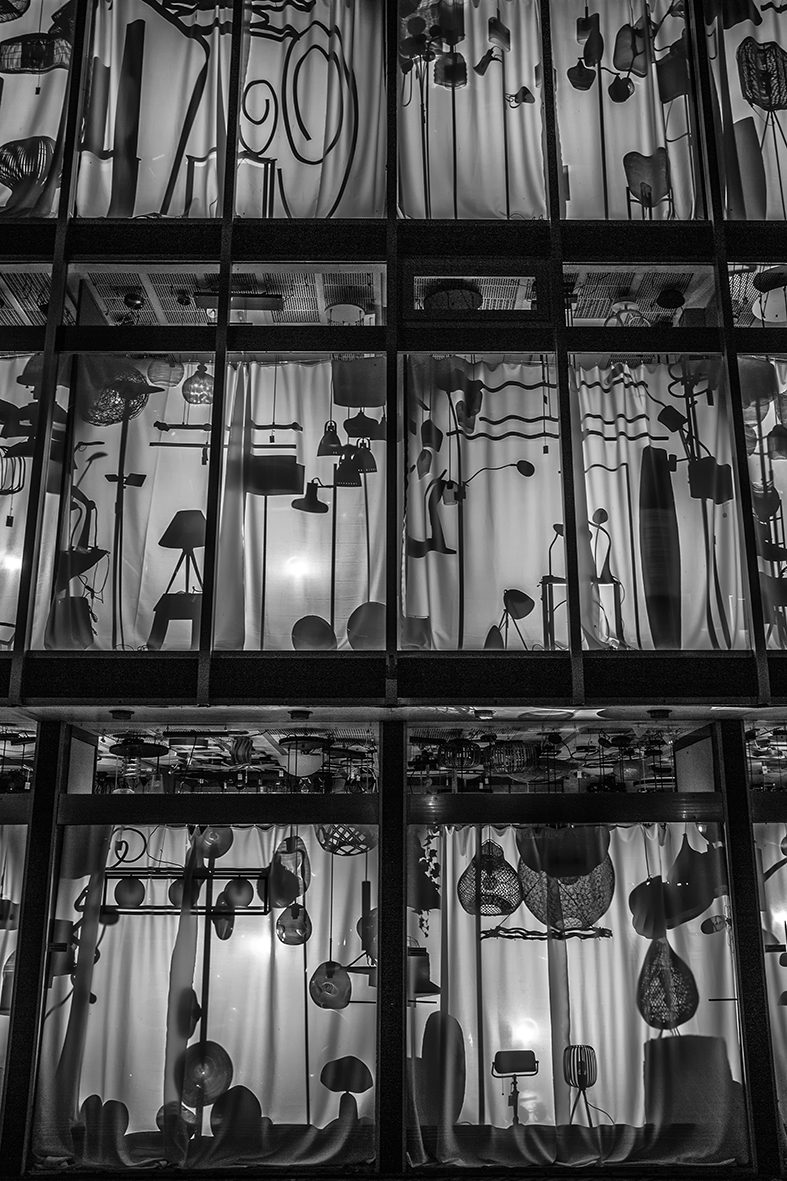
Lampenwinkel
8. From your point of view can AI become a competitor for artists? How can artists be able to use AI and still have their own artistic style?
AI is perfectly capable of replicating and further generating works in the individual style of an artist. However, any work that reproduces and extrapolates, to me is not an artwork, but a copy or a model. Of course, AI can also mix and make new connections, integrate unexpected themes and approaches. But we should rely on the power of creative minds, of putting emotions into art works, no matter whether that’s hand-drawn of digitally designed. We should not be afraid of AI to compete with us, but use the amazing possibilities it offers for making artistic work easier and speed up design processes.
9. Can you tell me about your input on nightlife and on night life?
You mean what LUNA adds to nightlife? We flush our city with tens of thousands of people in the most quiet, cold and dark season at the beginning of each year. We bring people out into the streets and after experiencing the artworks, many go on to cafés, restaurants and clubs. We also organize parties for our artists, staff and the general public at our indoor venue. Art and dancing go well together, and ‘the third half, the social part, is a very important moment for meeting people. Even networking doesn’t stop then, but most of all it’s about communal down-winding and enjoying the company of like-minded people that the festival brings together.
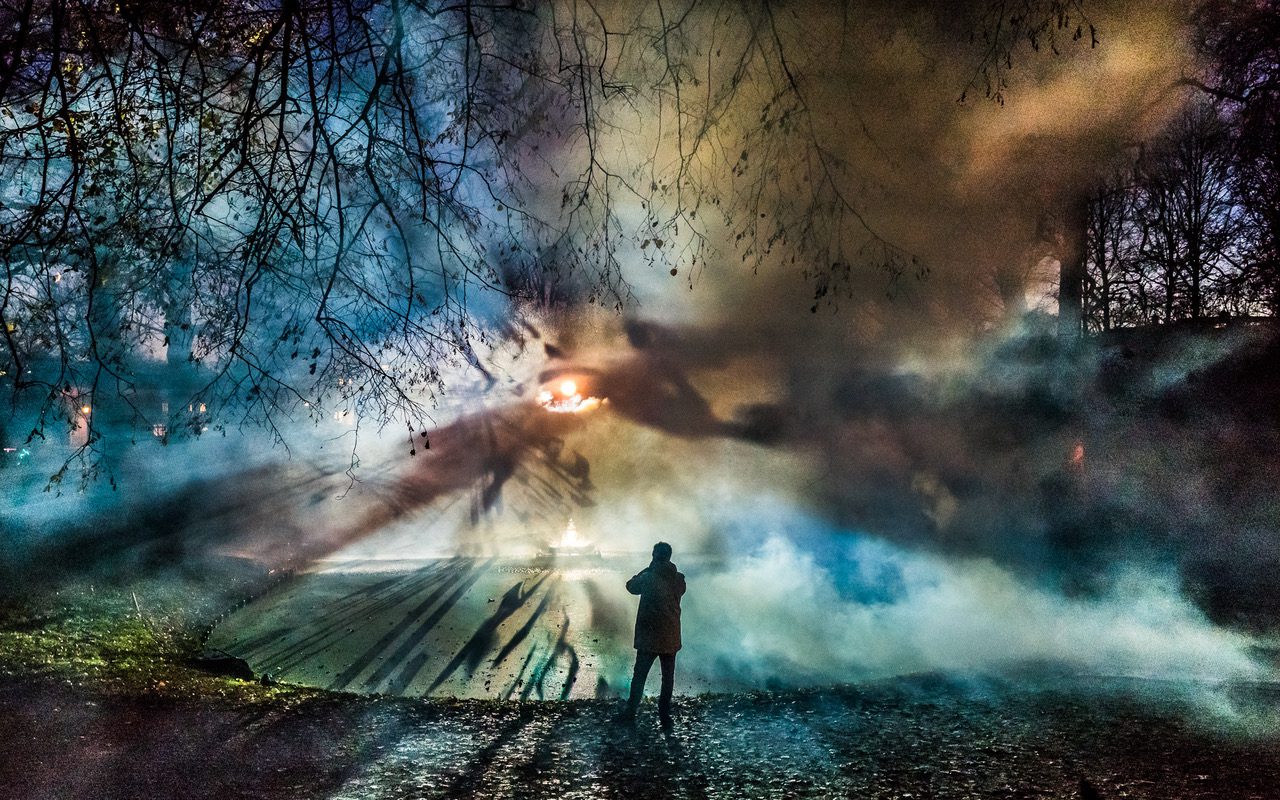
Weven by Robert Seidel
10. What interdisciplinary projects have had an impact on you? What are the flagship projects that you are working on?
Really: every artwork has an impact on me. It is the maker speaking to me in a non-verbal language that touches the senses and therefore by definition has impact. Flagship projects we are working on at the moment are ‘VERLOREN’ (LOST), a stand-alone project by Hartung&Trenz at beautiful Martinichurch in the city of Sneek, addressing dementia with beautiful graphic projections in an immersive light show; for LUNA 2024 one of the most prominent works will be a mapping of Laszlo Zsolt Bordos on the Palace of Justice in the heart of the city centre of Leeuwarden. But LUNA is not a ‘light walk’ or an ‘art route’, but a collection of around 15 substantial stand-alone projects, all carefully set and curated for the individual locations. So actually every artwork is a flagship project.
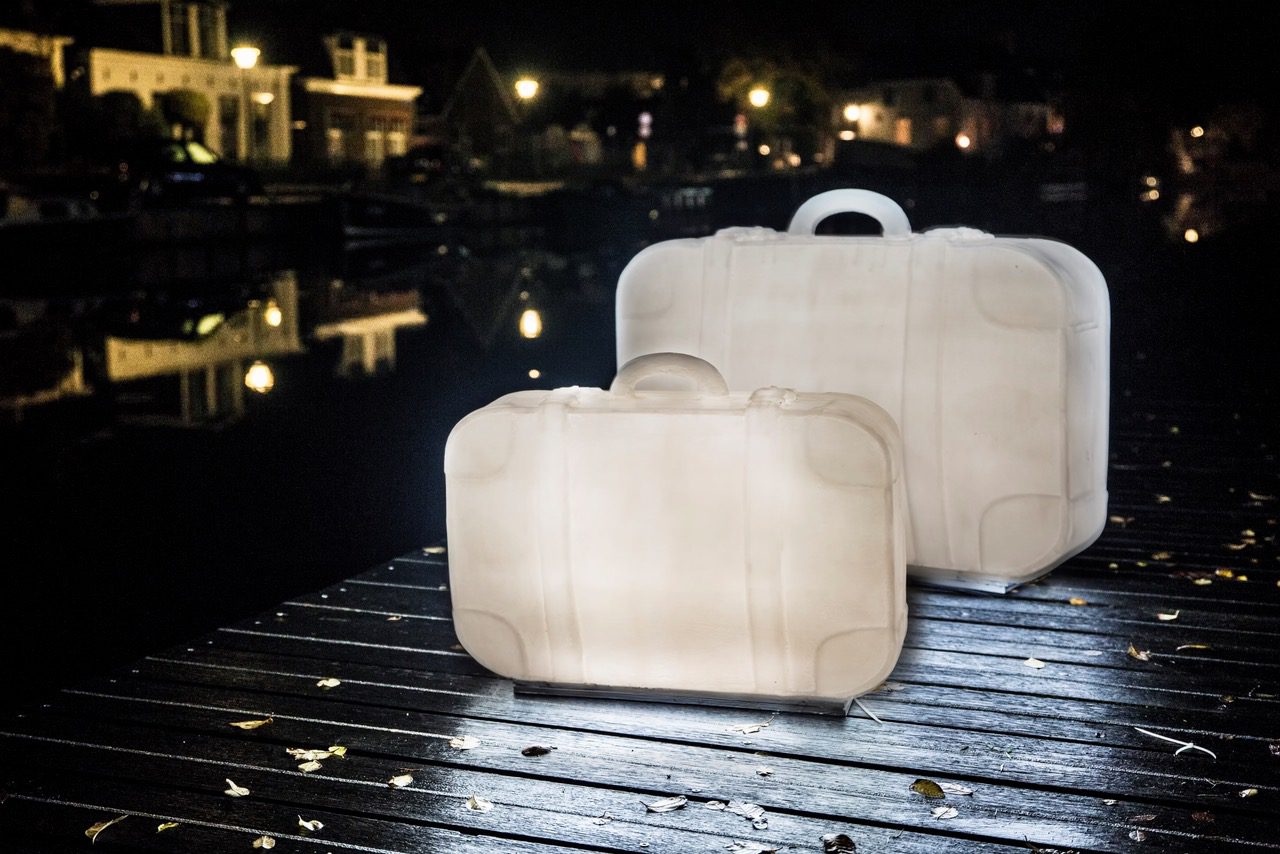
Lost Found
11. It was not your first visit to Timisoana, in October, what changes have you noticed in the city as one of 2023’s European Capitals of Culture?
My impression was that since my first visit in 2018, the city became much livelier. The city looked and felt very well-maintained, modernized, and I saw much interesting and strong design in public space, in galleries and in shops. The Cultural Capital programme was well visible, at more less all times there were activities going on at various locations in the city centre. I truly hope that local makers and producers were fully involved in developing the programme so that the Cultural Capital is not a one-time event, but empowers the local arts scene durably, made possible new facilities, strengthened the cultural identity of the region and its arts scene, and hopefully generates lasting budgets.
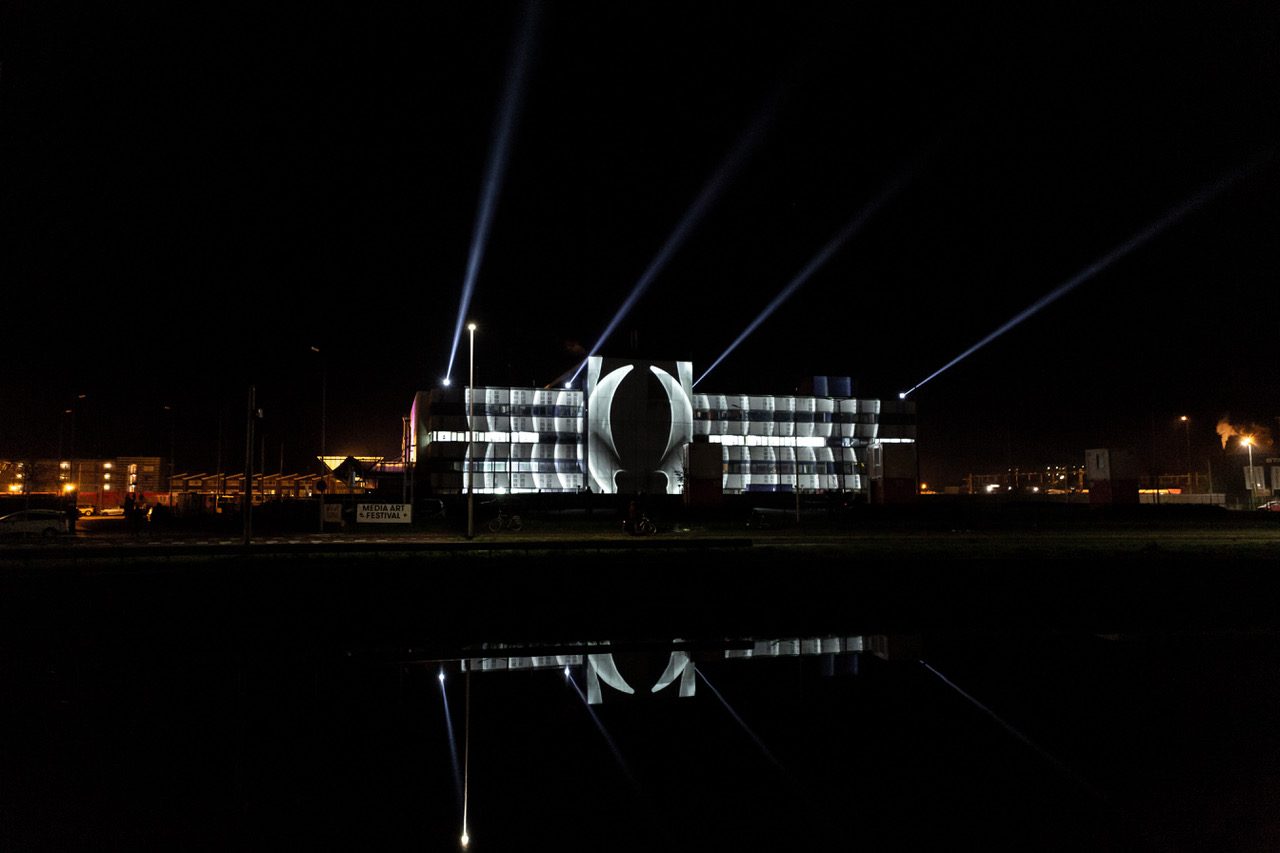
Aeter by Laszlo Zolt Bordos
Photo credit: Pieter Postma
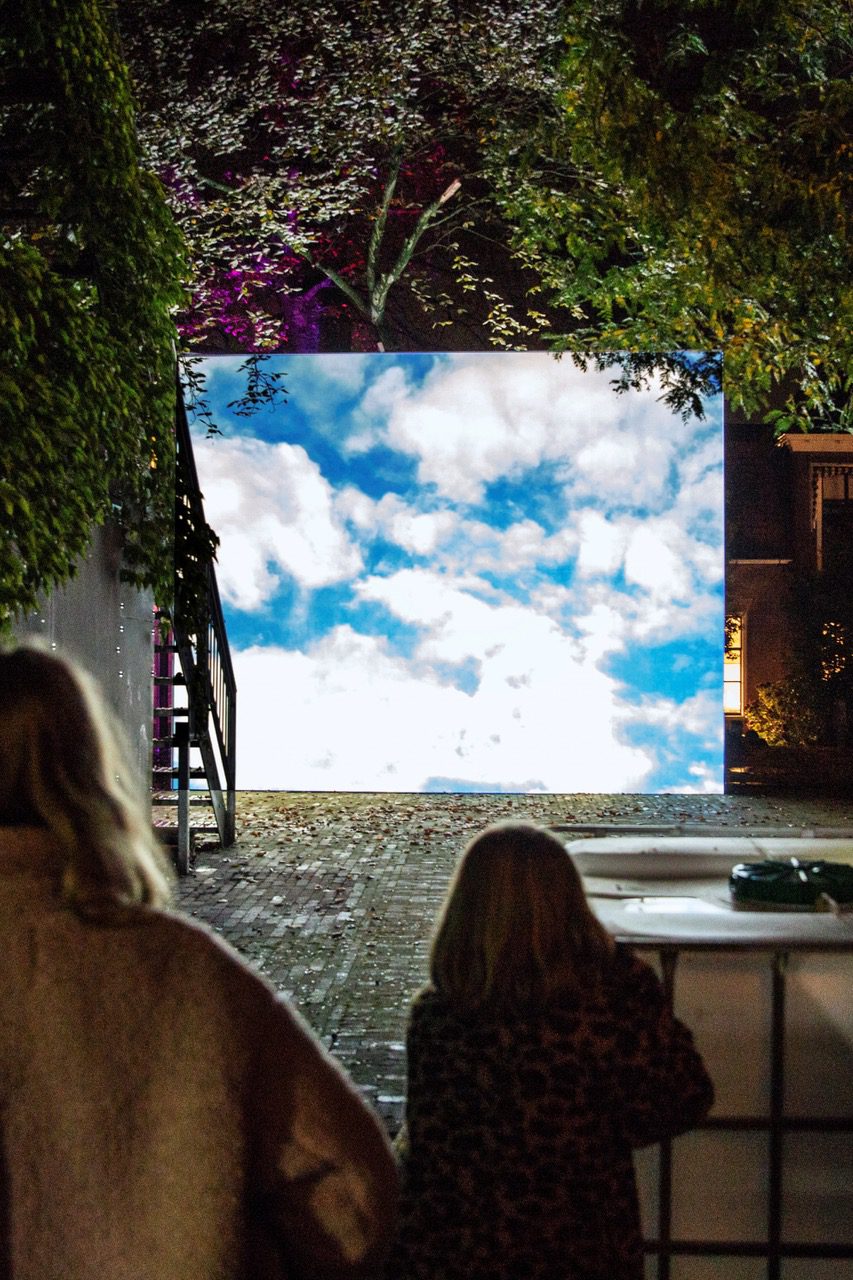
Datum
The photos are send by Andreea Moller from her archive.
This journalistic material was made through the financing program Energie! Burse de creație, supported by the Municipality of Timișoara, through the Center for Projects, within the Power Station component of the National Cultural Program “Timișoara – European Capital of Culture in the Year 2023”. The material does not necessarily represent the position of the Center for Projects of the Municipality of Timișoara, and this one is not responsible for its content or manner it may be used.
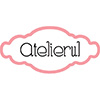
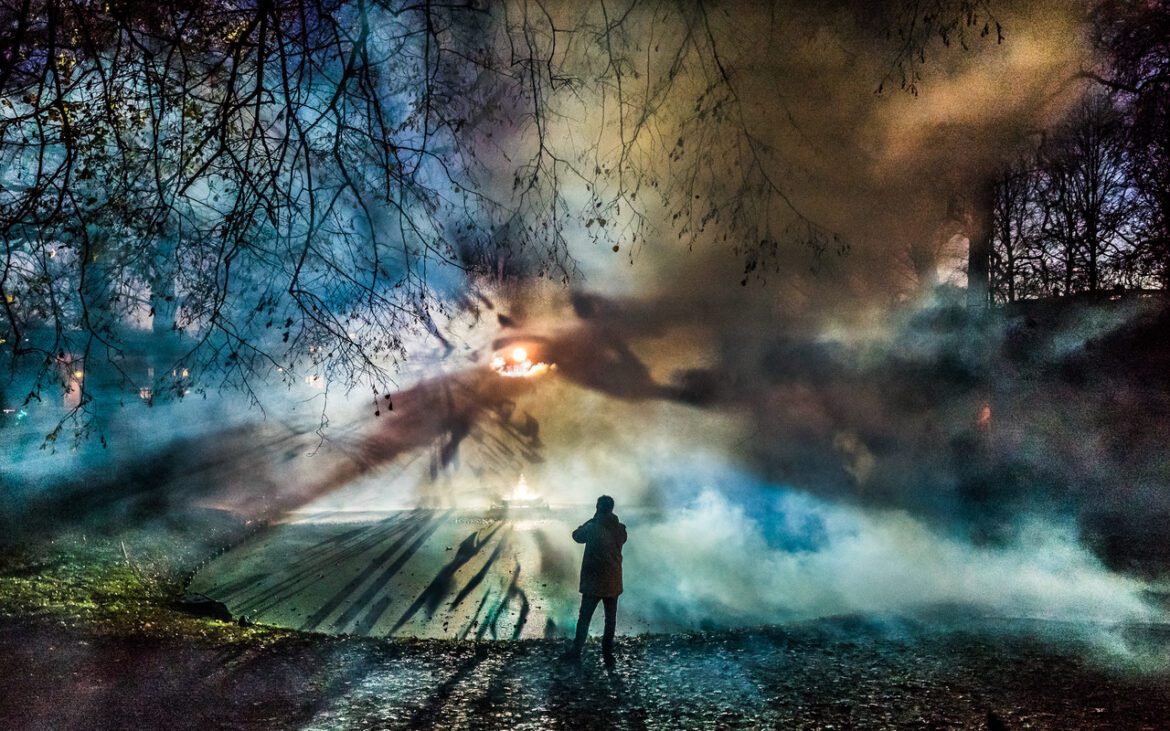


NO COMMENT